- 1. Baobab Fruit
- 2. Marula Fruit
- 3. Tamarind
- 4. Shea Fruit
- 5. Monkey Orange
- 6. Desert Date
- 7. Kigelia (Kigelia africana, Sausage Tree)
- 8. African Locust Bean
- 9. Jackal Berry
- 10. Ebony Fruit
- 11. Cagaita
- 12. Pequi
- 13. Buriti Palm Fruit
- 14. Araticum (Annona crassiflora)
- 15. Bush Tomato
- 16. Kakadu Plum
- 17. Muntries
- 18. Wood Apple
- 19. Jujube
- 20. Indian Gooseberry (aka Amla)
- 21. Sweet Dattock
- 22. Sandpaper Tree Fruit
- 23. Raisin Bush Berries
- 24. Guarri Tree Fruit
- 25. Wild Melon
- 26. Acacia Tree Pods
- 27. Num-num Berries (Carissa species)
- 28. Sour Figs
- 29. Argan Tree Fruit
- 30. Natal Plum
- 31. Kei Apple
- 32. Karoo Crossberry (Grewia tenax)
- 33. Weeping Boer-bean / African Greenheart
- 34. Miracle Berry
- 35. Waterberry
- 36. Toad Tree Fruit
- 37. Common Guarri (Euclea undulata)
The savanna is more than just endless grass and roaming herds — it’s a landscape of survival, resilience, and surprising abundance. With its open plains, scattered trees, and rhythmic shift between dry and wet seasons, this biome supports a wide range of plant life adapted to its tough conditions. Among the most fascinating are the fruits that grow here — hardy, often drought-tolerant, and deeply woven into the lives of local people and animals alike. From native staples to little-known wild edibles, this list explores 37 remarkable fruits that thrive in the world’s savanna regions.
1. Baobab Fruit
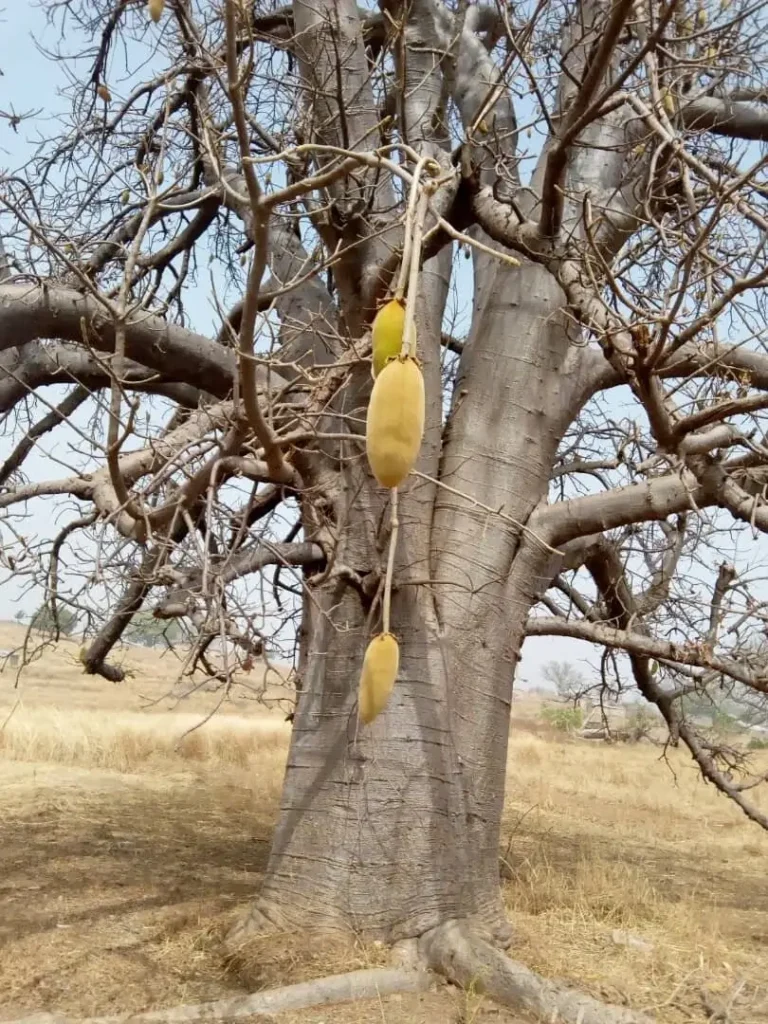
The baobab, often called the “Tree of Life,” bears a fruit just as legendary as its silhouette. Encased in a velvety shell, the powdery pulp inside is tangy and vitamin-rich — particularly high in vitamin C, calcium, and antioxidants. Foragers should look for dry fruits that rattle when shaken; these are mature and ready to crack open. The pulp can be eaten straight or mixed with water to create a naturally effervescent drink. Even the seeds can be roasted and eaten or pressed for oil.
2. Marula Fruit

Wild elephants are known to chase after marula fruits — and for good reason. This yellow-skinned, plum-sized fruit is juicy and fragrant, with a flavor somewhere between lychee and citrus. Rich in vitamin C, it’s a hydrating survival snack during the dry season. Fermentation occurs quickly once the fruit drops, making it an important ingredient in traditional brews. The seeds inside are a source of nutritious oil, revered in skin care and cooking alike.
3. Tamarind
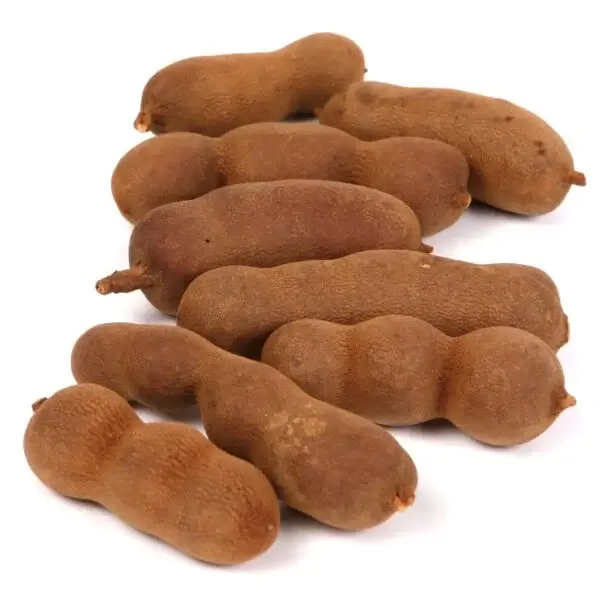
Found hanging in thick, brittle pods from tamarind trees, the sticky, dark-brown pulp within is intensely sour and packed with minerals and electrolytes. Foragers prize tamarind both as a refreshing trail chew and a base for medicinal tonics. It soothes digestion, boosts hydration, and adds complexity to savory and sweet dishes alike. Its long shelf life makes it a handy staple in survival packs.
4. Shea Fruit

Long before shea became a global beauty buzzword, its fruit served as a valuable food source across the African savanna. The outer flesh is mildly sweet and edible, but it’s the seed — the famed shea nut — that yields thick, buttery oil. This oil is prized for its moisturizing and protective properties, but it’s also a vital cooking fat and energy source in rural communities. The tree is slow to mature, but revered for its reliability.
5. Monkey Orange
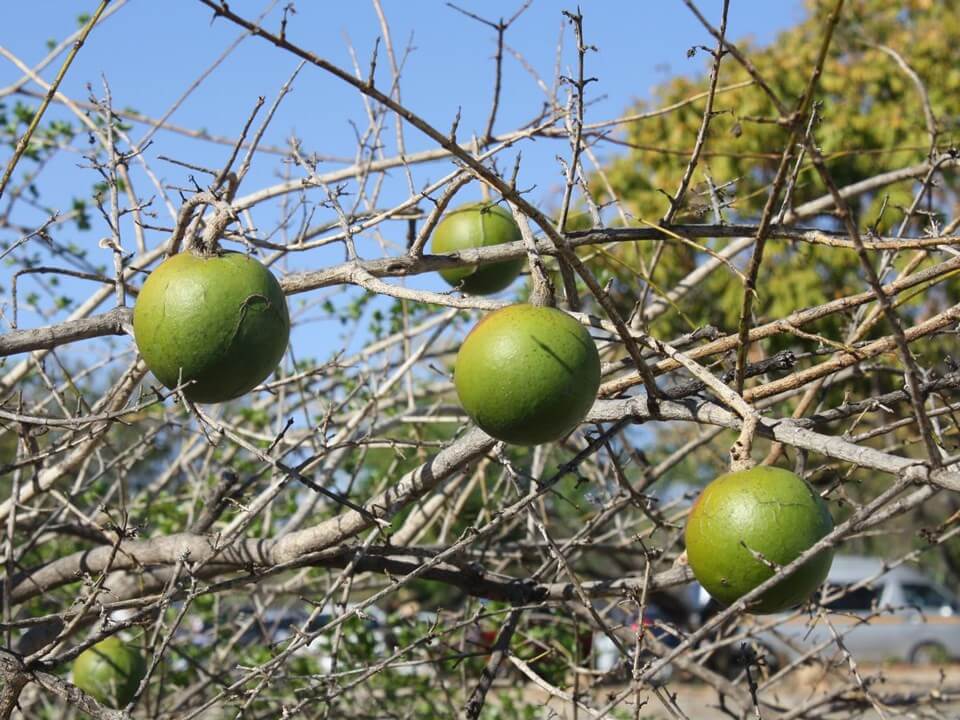
Don’t let the hard, warty shell fool you — inside, monkey oranges hold a treasure of tart, golden pulp. Several Strychnos species exist, and while some are edible, others can be toxic, so careful identification is crucial. Foragers familiar with the sweet-aromatic varieties enjoy the fruit raw or dried into chewy snacks. Its durable shell also makes a handy natural container once emptied.
6. Desert Date
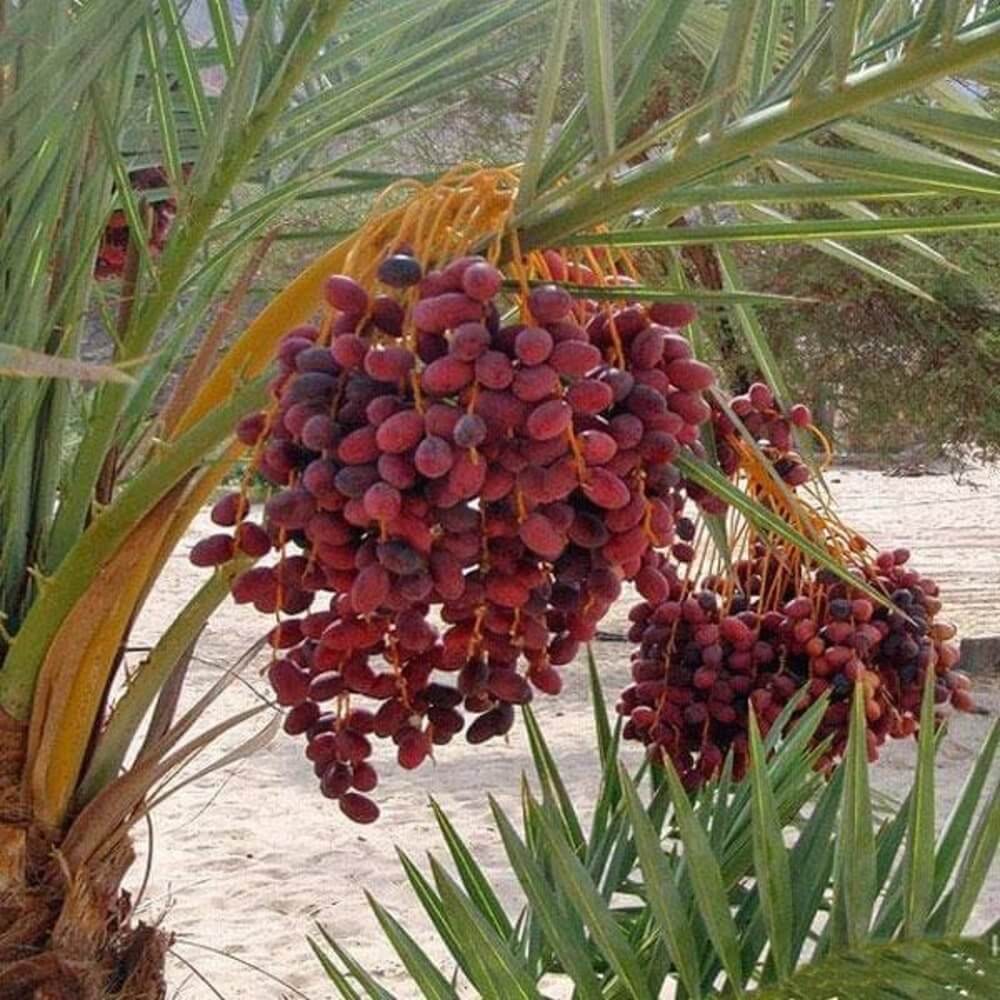
Tough, spiny, and drought-hardy, the desert date is a true survivalist’s ally. The fruit is oval, olive-colored, and contains a sticky, bittersweet pulp rich in oils. Traditionally used for both food and medicine, it also serves as a natural purgative — so moderation is key. The kernel inside the stone can be pressed for an oil that’s valuable both as lamp fuel and skin salve.
7. Kigelia (Kigelia africana, Sausage Tree)

With its massive, sausage-shaped fruits dangling like pendulums from rope-like stems, kigelia is an unmistakable savanna native. Though not typically consumed raw (due to its bitter compounds), it has deep medicinal uses. Dried and powdered fruit is used topically to treat skin ailments, and in survival situations, traditional knowledge of processing methods (like fermentation or boiling) can make it ingestible in small quantities.
8. African Locust Bean
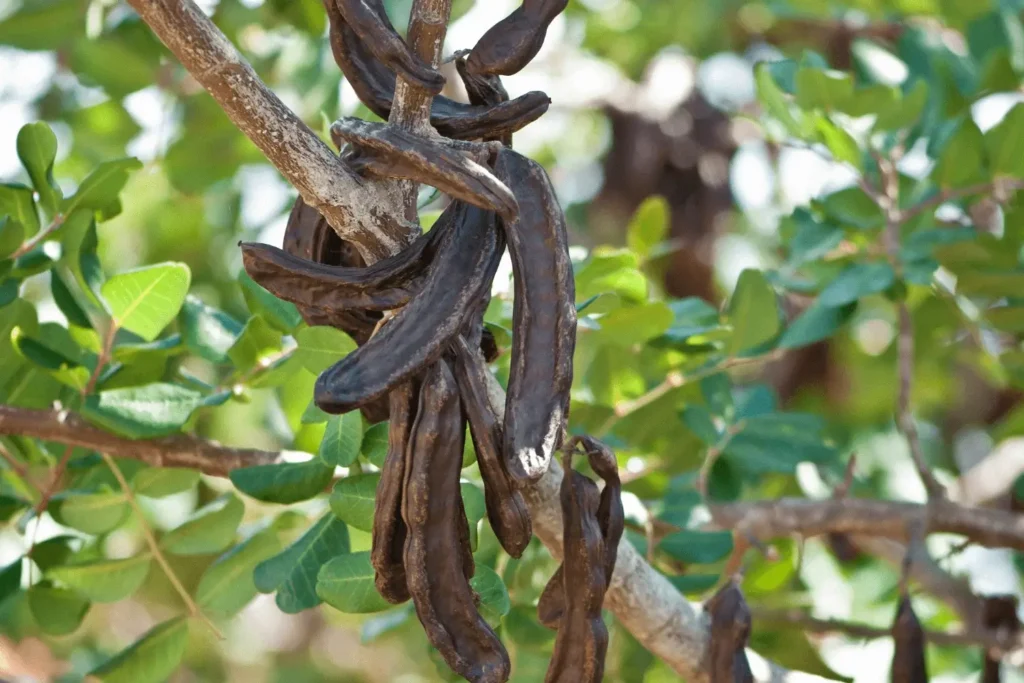
The sticky, yellow pulp surrounding the seeds of the African locust bean is sweet and energy-dense. However, it’s the fermented seeds — known as dawadawa or iru — that carry cultural and culinary weight. With a pungent aroma and rich umami flavor, they’re used to flavor soups and stews across West Africa. For survivalists, the beans are also packed with protein and essential fats.
9. Jackal Berry
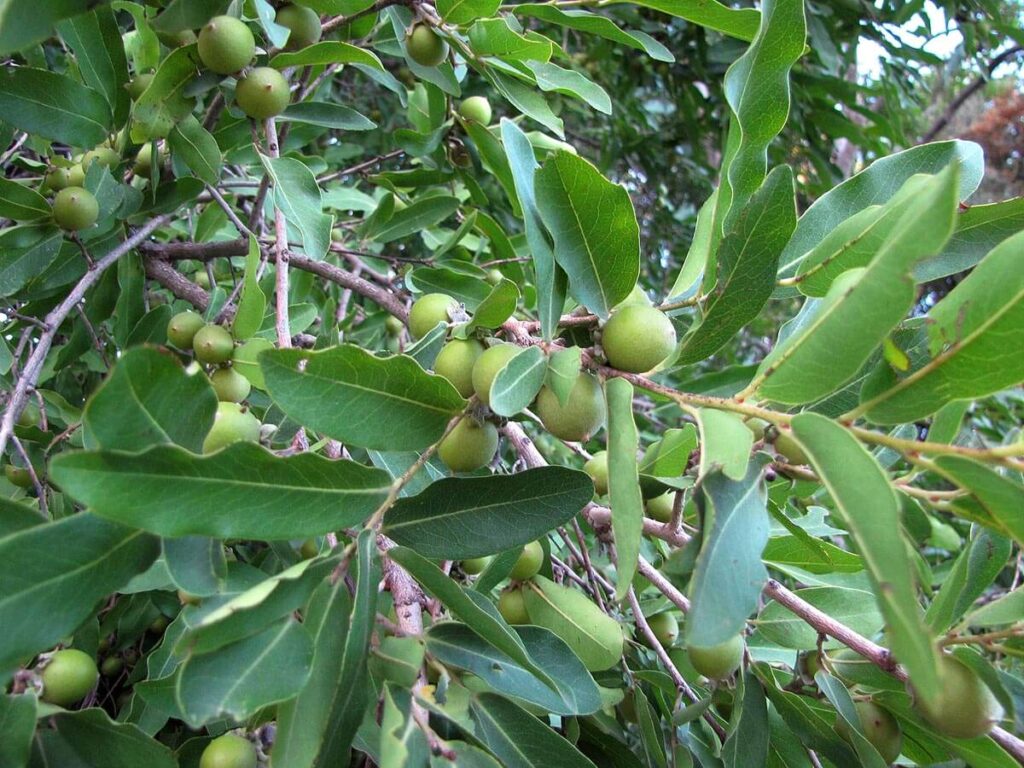
Named for the jackals that love to feast on them, these small, dark purple fruits resemble wild plums and grow on trees often found near termite mounds. The sweet flesh is fibrous but refreshing and vitamin-rich. The hardy tree also provides shade, and its leaves are browsed by livestock and wildlife alike. Both fruit and bark have traditional medicinal uses.
10. Ebony Fruit
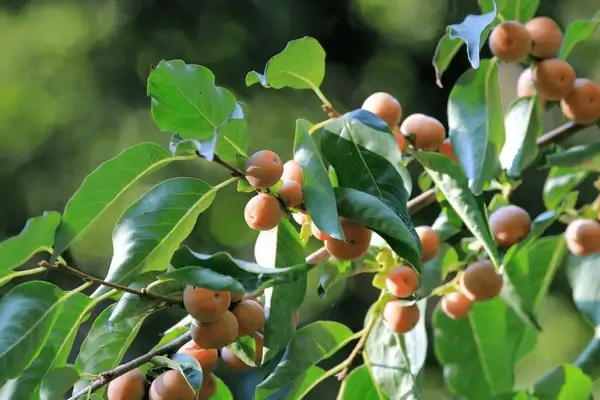
Closely related to jackal berry, many ebony species produce small edible fruits, often sweet or mildly astringent. The wood of these trees is famously dense and dark, but foragers know the fruits as a snack when ripe — attracting both people and wildlife. As with most Diospyros, the taste improves after softening or slight fermentation.
11. Cagaita
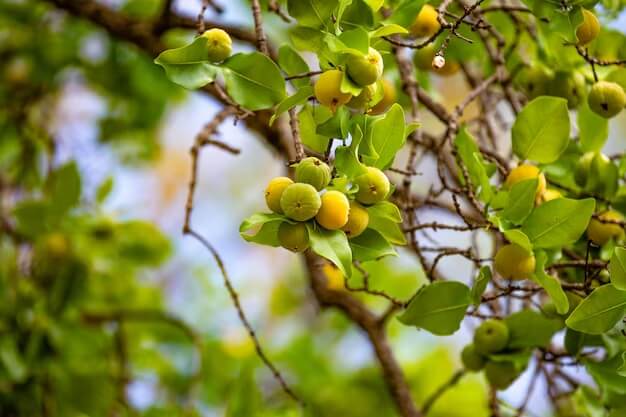
Native to the Brazilian cerrado (a savanna biome), cagaita is a cherry-sized fruit with a bright yellow skin and tart-sweet flavor. Though refreshing, it’s notorious for its laxative effect when consumed in excess — hence its species name. It makes excellent juice, jams, or fermented beverages. Foragers enjoy it in moderation, often while hiking or gathering other wild edibles.
12. Pequi
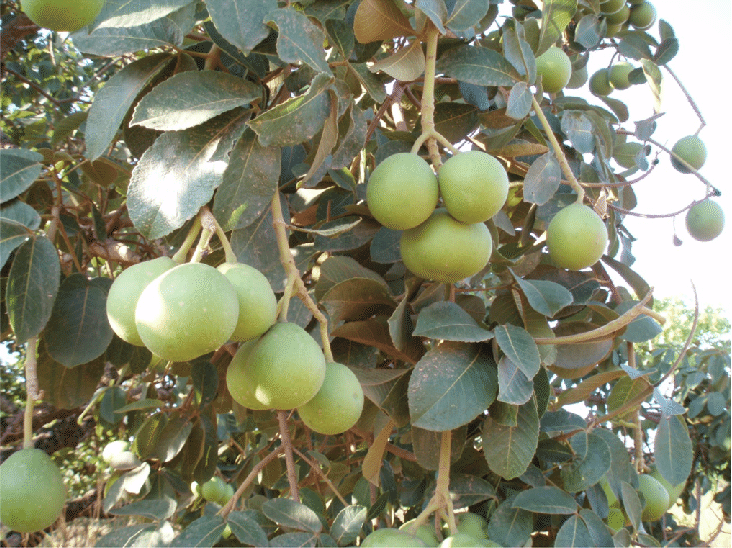
Another cerrado fruit, pequi is unmistakable: large, green-skinned, and containing bright orange pulp around a dangerously spiny seed. The taste is strong, earthy, and rich — loved or hated, but never forgotten. Locals cook the pulp in rice or stews, and the oil is both edible and medicinal. Do not bite into the seed — it’s covered in needle-like spines that can cause serious harm.
13. Buriti Palm Fruit
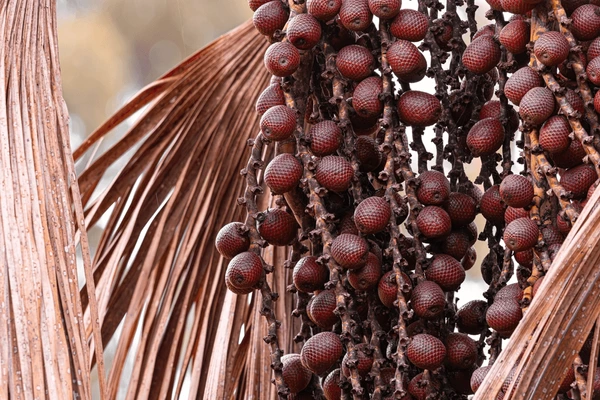
Nicknamed the “tree of life” in South America, the buriti palm produces scaly, rust-colored fruits that ooze bright orange pulp when ripe. Rich in beta-carotene and vitamin A, it’s a superfruit for eye and skin health. The pulp is soft, oily, and often made into sweet drinks or desserts. Foragers can find these fruits near water bodies in savanna floodplains.
14. Araticum (Annona crassiflora)

This “savanna sugar apple” looks like a spiky pinecone and splits open when ripe to reveal creamy, custard-like pulp. Its rich, tropical flavor is a prized find for fruit lovers and wildlife alike. Native to Brazil’s cerrado, araticum is a favorite of foragers, but the seeds should be discarded — they’re not edible. The pulp can be eaten fresh or turned into ice cream or juice.
15. Bush Tomato
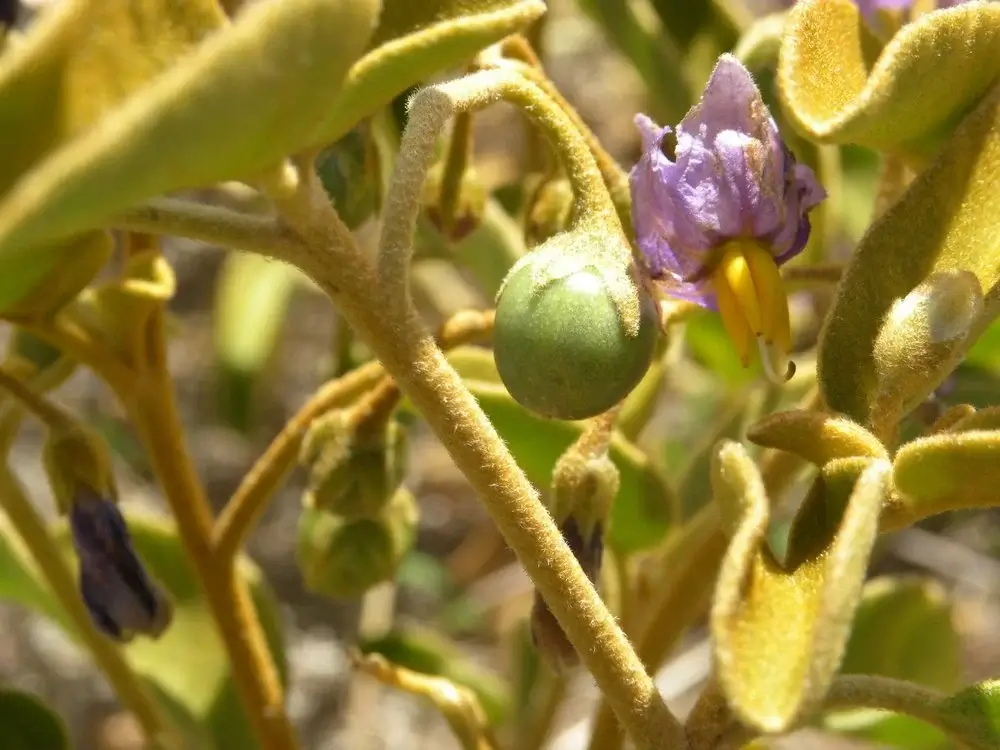
A native of the Australian savanna, bush tomato (or kutjera) is a small, shriveled fruit that packs a powerful punch of flavor — somewhat like sun-dried tomato crossed with tamarind. Traditionally dried and ground by Indigenous Australians, it’s a rich source of potassium and antioxidants. Use it to add a savory kick to stews or breads when foraging in the Outback.
16. Kakadu Plum
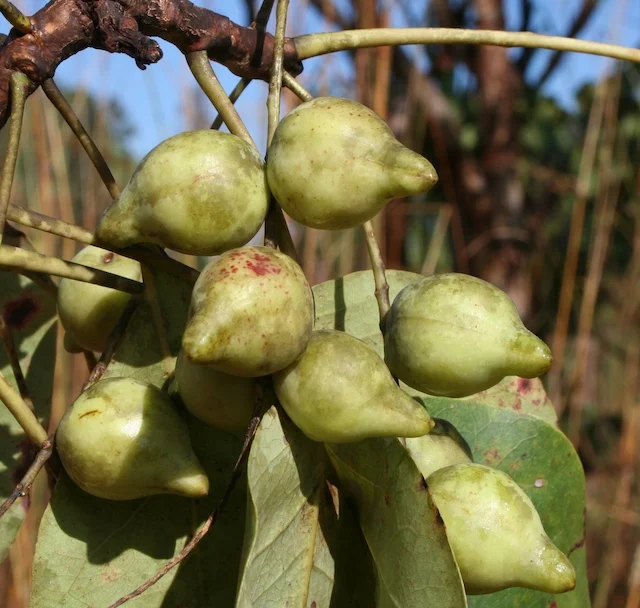
A true gem of the Australian savanna, the Kakadu plum holds the title of having the highest natural vitamin C content of any fruit in the world—up to 100 times that of oranges. Small and pale green with a slightly tart, apple-like flavor, it’s been used for centuries by Aboriginal peoples both as food and medicine. For survivalists, this fruit is an immune-boosting powerhouse and a natural antiseptic when crushed.
17. Muntries
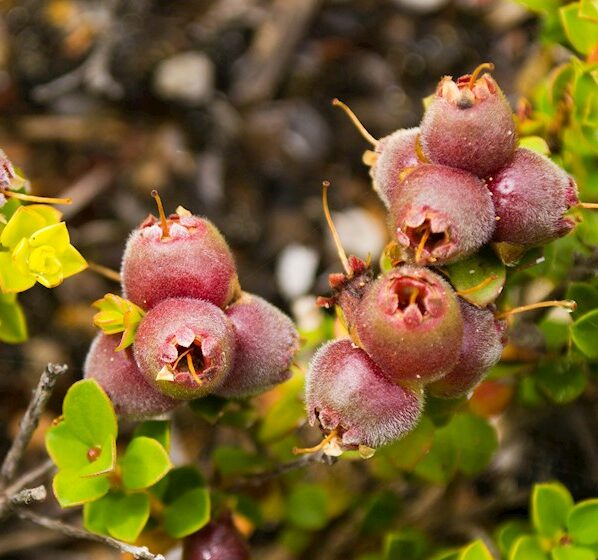
These small, cranberry-sized berries grow close to the ground in the southern Australian savannahs. Muntries pack more antioxidants than blueberries and have a spicy-apple flavor with a subtle crunch. Foragers love them for their shelf life—they dry well and can be stored for long journeys. Their prostrate growth habit makes them ideal for ground cover and easy harvesting.
18. Wood Apple
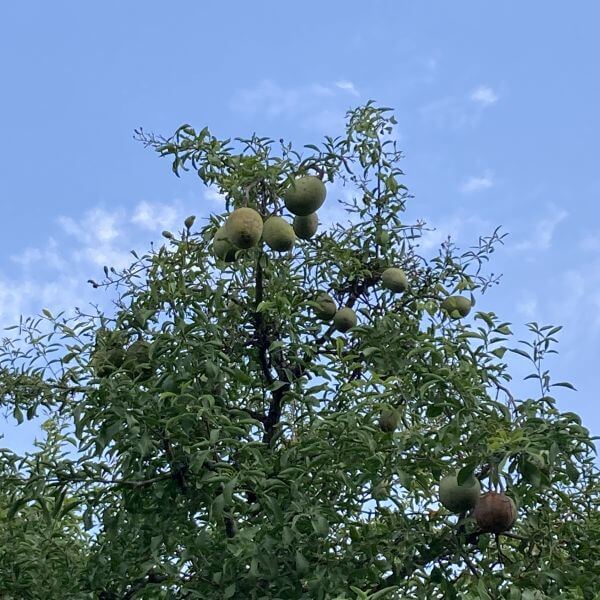
Don’t let the hard, woody shell fool you—inside lies a soft, aromatic pulp with a unique blend of tamarind, fermented banana, and spice. Found in the Indian subcontinent’s dry savanna zones, the wood apple is rich in iron and beneficial for digestion. Its thick rind makes it perfect for long-term storage—an asset for survival camps.
19. Jujube
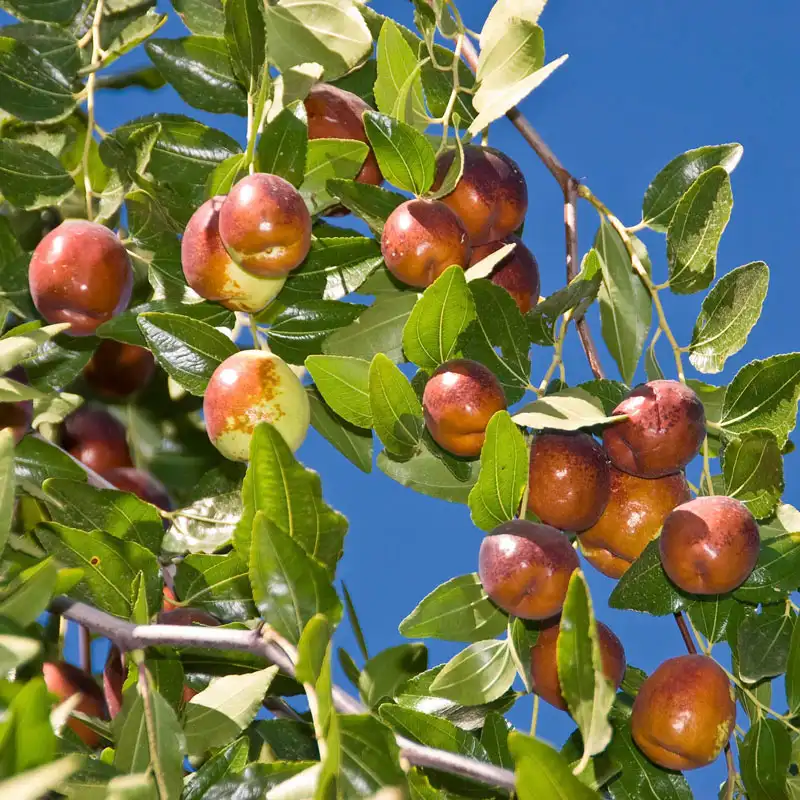
Also known as Indian date or “Ber,” this fruit grows on hardy, drought-resistant trees that thrive in semi-arid savanna regions. The fruit ranges from apple-like when fresh to chewy and date-like when dried. Loaded with vitamin C and fiber, jujube trees are an essential survival crop, offering not only food but shade and thorny protection from predators.
20. Indian Gooseberry (aka Amla)
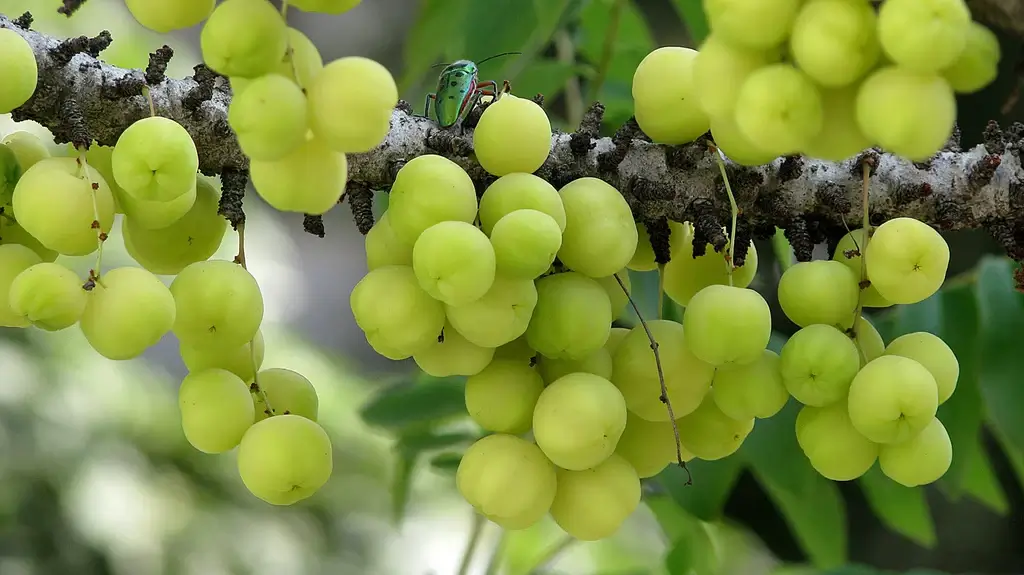
Amla grows in dry tropical forests and open savannas, revered in Ayurvedic tradition for its rejuvenating properties. Its intensely sour taste softens when dried or cooked. Foragers value its ability to preserve other fruits and purify water, while survivalists prize it as a natural source of hydration and resilience against scurvy.
21. Sweet Dattock
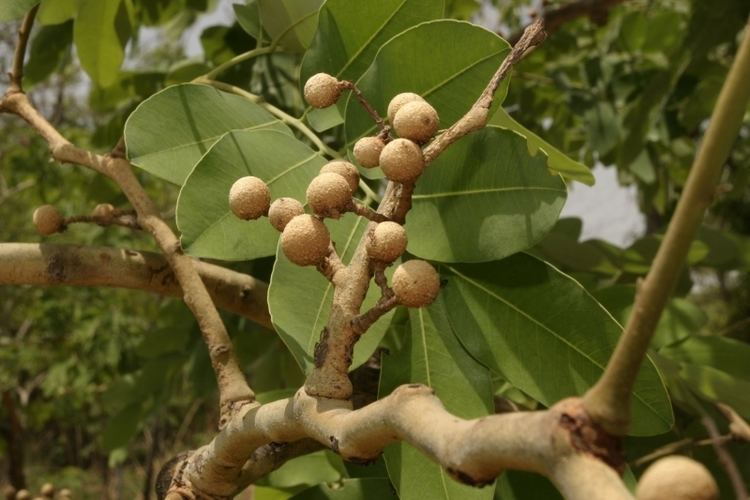
A highly nutritious savanna fruit found in dry Sahelian zones, the sweet dattock is a small yellow fruit with sugary pulp and medicinal seeds. It is a staple among nomadic tribes, especially in times of famine. Its drought resistance and nutrient density make it a survival food par excellence.
22. Sandpaper Tree Fruit
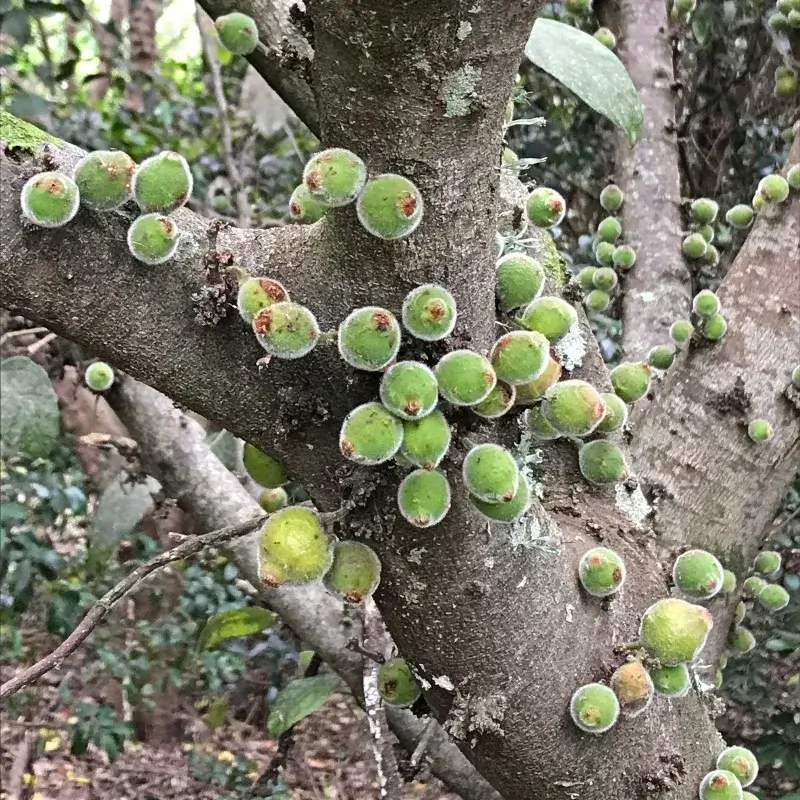
Named for its rough, sandpaper-like leaves, this tree produces small, fig-like fruits that are edible but often overlooked. Common in African savannas, the tree is more valued for its medicinal bark and water-holding capacity. Still, its fruit can be a useful food source when softened or dried.
23. Raisin Bush Berries
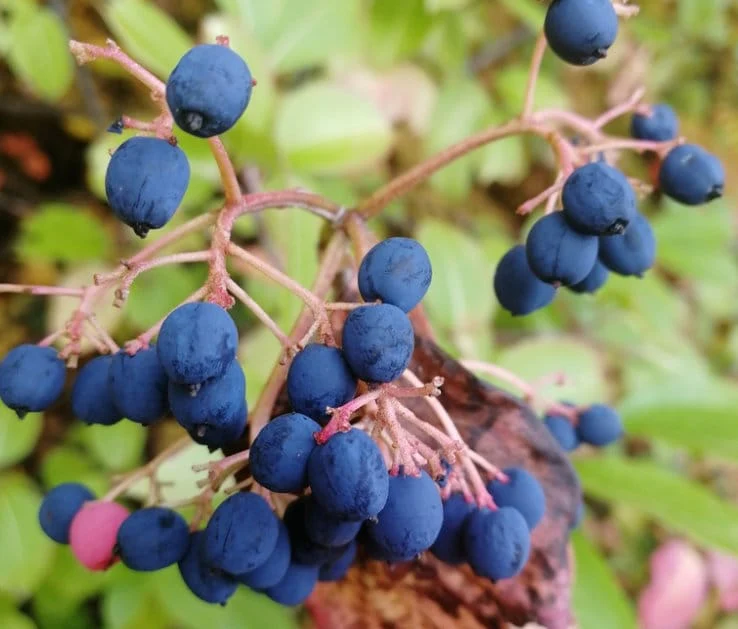
Common in southern African savannas, raisin bushes produce small, grape-like berries that dry on the branch and resemble miniature raisins. Their naturally dehydrated state makes them perfect trail snacks. Rich in sugars and pectin, they’re also useful in traditional food preservation.
24. Guarri Tree Fruit
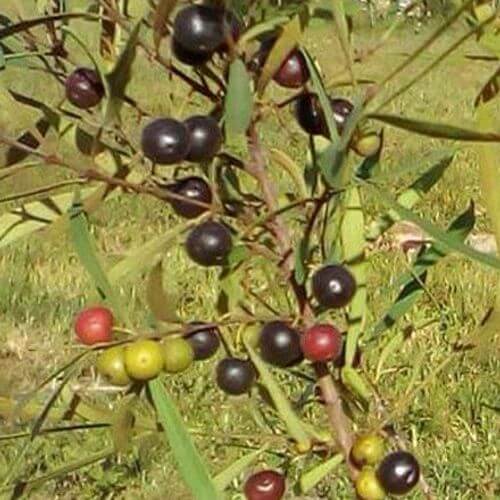
Guarri trees are common in southern African savannas, where they yield small purple-black berries that look like tiny plums. The fruit is edible and sweet when fully ripe, though the plant is more often used for toothbrushes and traditional medicine. In dry areas, these berries help with hydration and sustenance.
25. Wild Melon

This desert-savanna cousin of the modern watermelon grows wild across Africa. The hard, bitter rind conceals juicy flesh that stores water and sugar. These fruits are often used by desert-dwellers and wildlife alike as emergency water sources. Even the seeds can be roasted and eaten.
26. Acacia Tree Pods
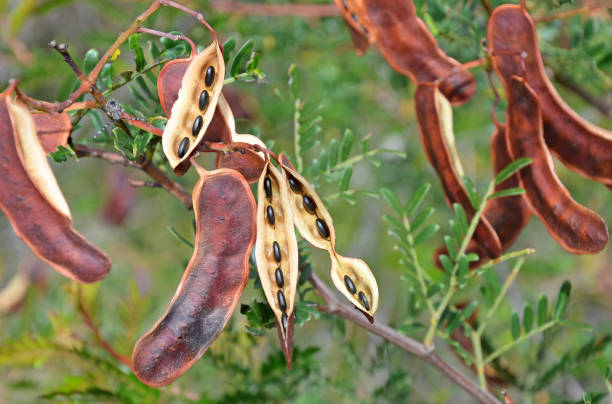
Savannas are dotted with acacias, whose seed pods serve as vital food for both animals and humans. The seeds are high in protein and can be roasted, ground into flour, or fermented. Pods from species like Acacia nilotica are also medicinal. For survivalists, they’re a multipurpose boon—offering food, firewood, and fodder.
27. Num-num Berries (Carissa species)
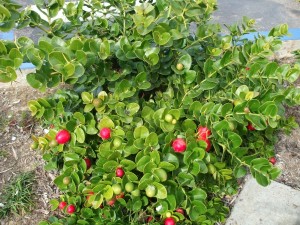
These small, red to purple berries grow on thorny shrubs commonly found across southern African savannas. The fruit is sweet-tart and often used in jams or eaten fresh. The plant also plays an important ecological role, providing food and habitat for birds and small mammals.
28. Sour Figs
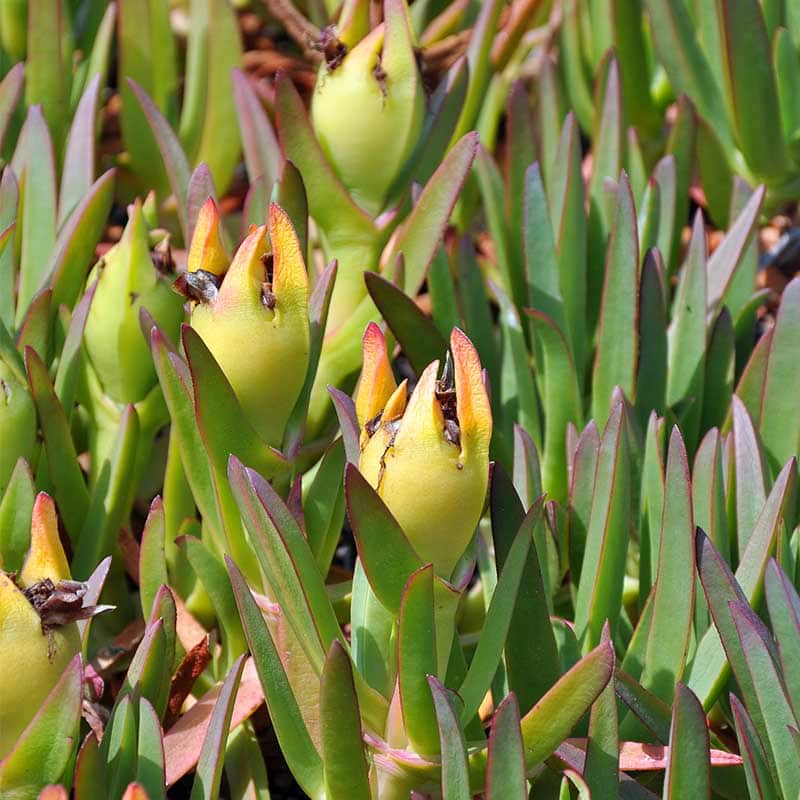
Native to South Africa, these fleshy fruits grow on creeping succulent plants that thrive in sandy soils of coastal and savanna regions. The fruit has a tart, fig-like flavor and is traditionally dried or used in preserves.
29. Argan Tree Fruit
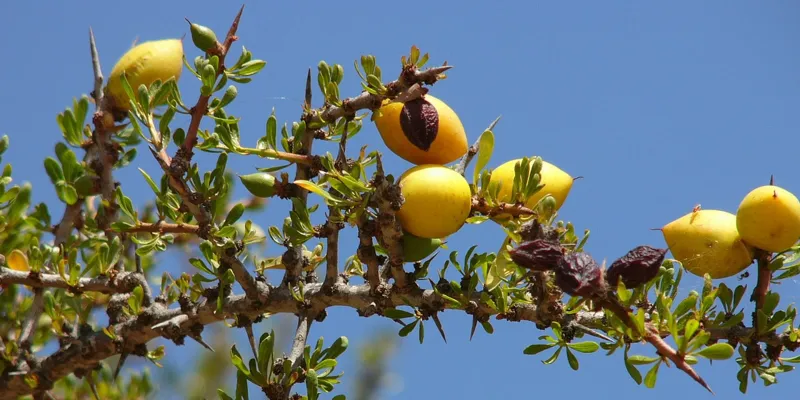
Native to the semi-arid savannas and scrublands of Morocco, the argan tree bears nut-like fruits. Inside is the valuable argan nut, which yields oil prized for culinary and cosmetic uses. The pulp is also eaten by animals.
30. Natal Plum
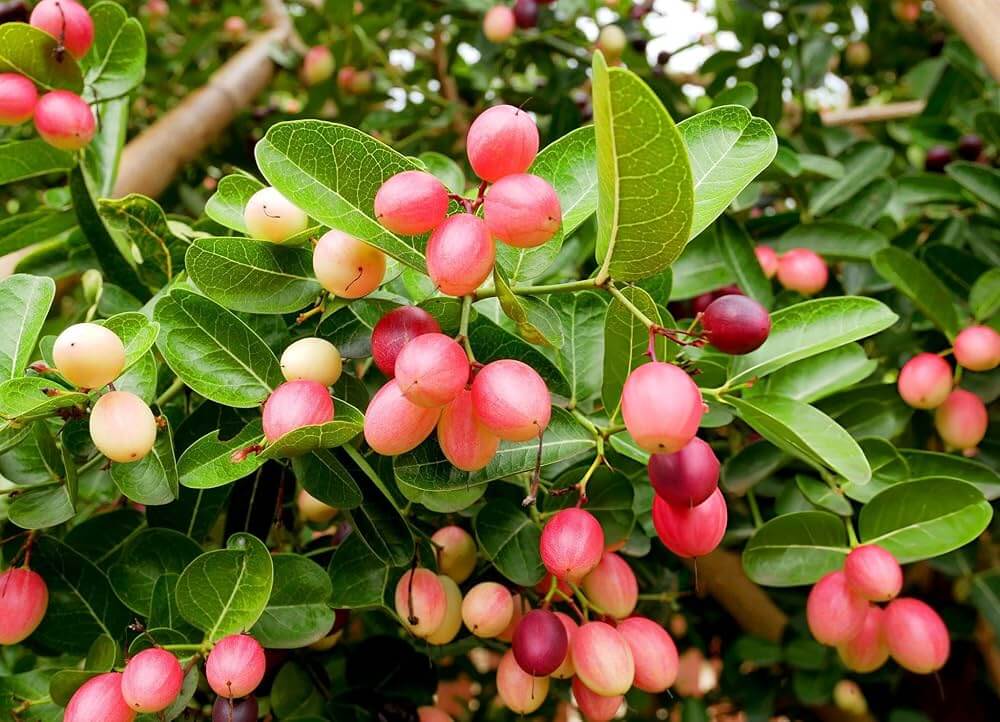
This spiny, evergreen shrub produces plum-sized, ruby-red fruits that are both ornamental and edible. Native to the coastal savannas of South Africa, the fruits are sweet and used in pies, jams, and jellies.
31. Kei Apple
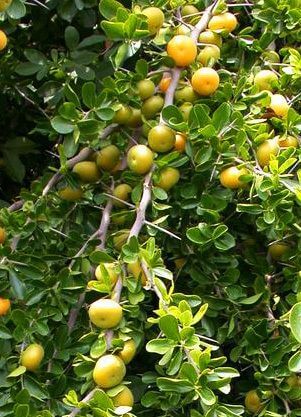
Found in southern African savannas, this thorny shrub produces bright yellow-orange fruits that are tart and vitamin-rich. Kei apples are often made into preserves, juices, and sauces, though they can also be eaten fresh.
32. Karoo Crossberry (Grewia tenax)
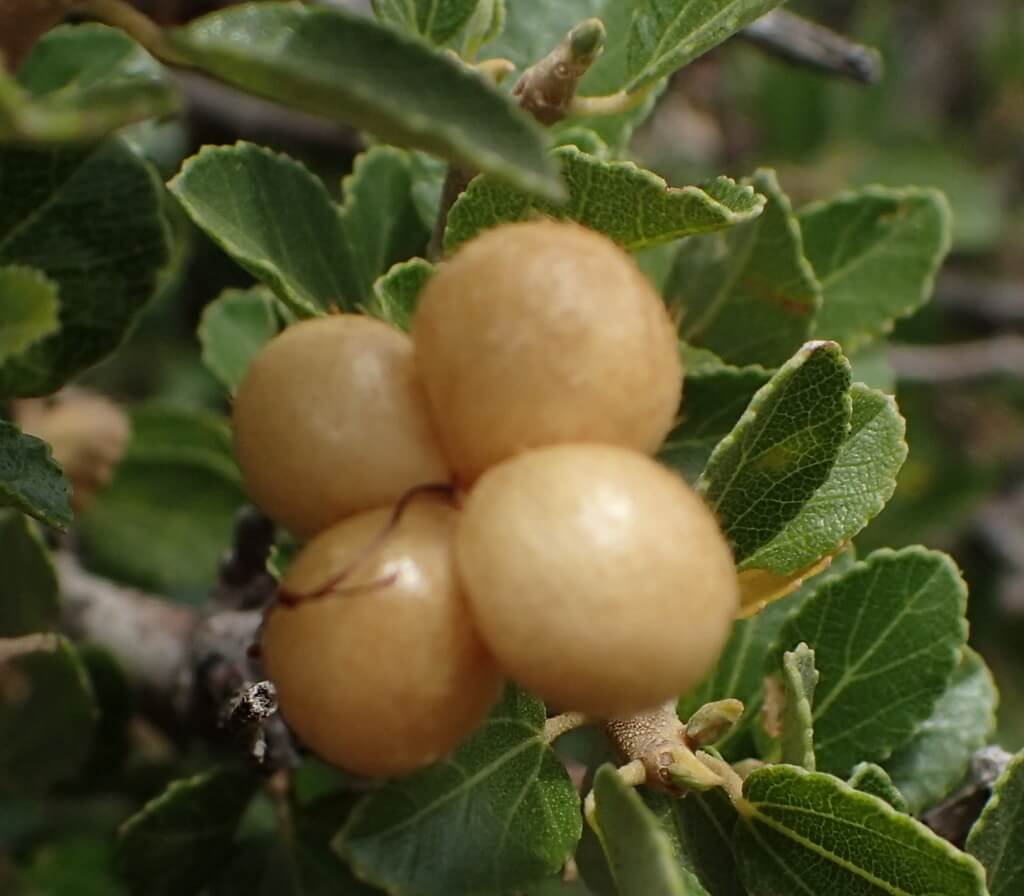
This fruit is native to arid savanna zones like the Karoo. The shrub yields small, reddish-purple berries that are sweet and chewy. Traditionally used in fermented beverages or eaten sun-dried.
33. Weeping Boer-bean / African Greenheart
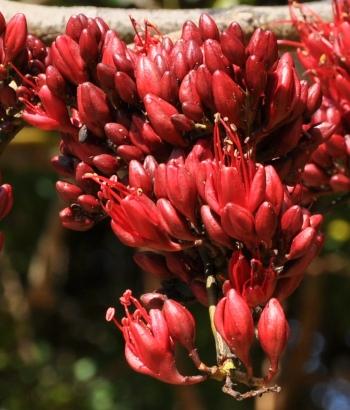
While known more for its ornamental flowers, the tree produces edible pods that are sometimes used by indigenous communities. The tree grows well in the dry savannas and provides valuable shade and nectar.
34. Miracle Berry
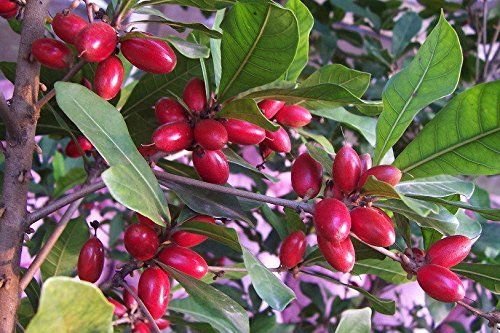
Though native to West African savanna woodlands, this berry is famous for its ability to make sour foods taste sweet. The fruit itself is mildly sweet and has traditional medicinal uses in addition to its culinary novelty.
35. Waterberry
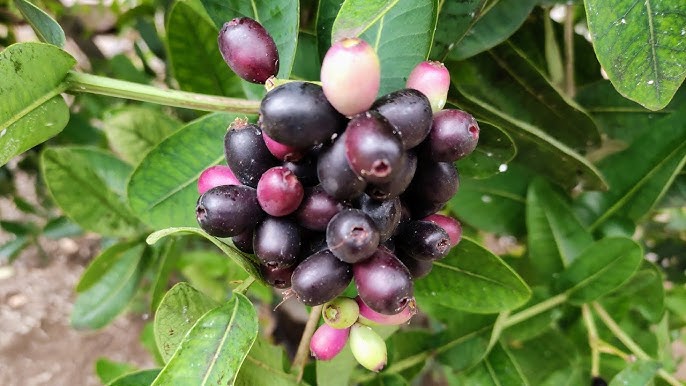
This evergreen tree thrives in moist areas of the savanna and bears bluish-purple berries that are edible and often used to make jams and wines. It is also valued for its medicinal properties.
36. Toad Tree Fruit
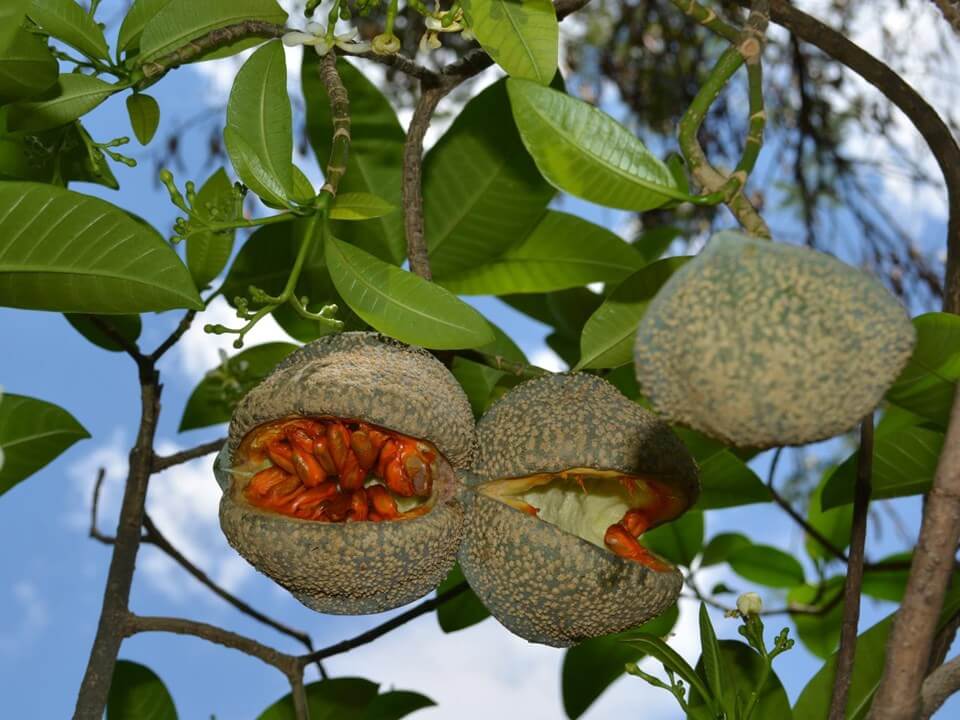
This small, shrubby tree produces pod-like fruits that contain seeds surrounded by edible pulp. Native to African savanna woodlands, the plant is also recognized for its attractive flowers and traditional medicinal uses.
37. Common Guarri (Euclea undulata)
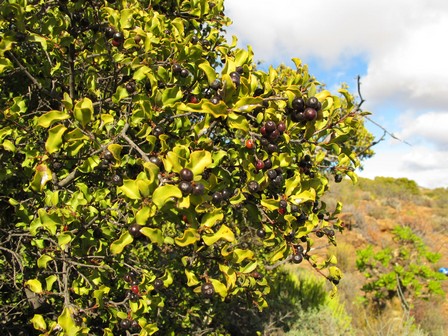
This hardy shrub produces small, dark berries that are edible though somewhat astringent. It is a common sight in the southern African savanna and is also used traditionally in folk medicine and as a dye plant.
